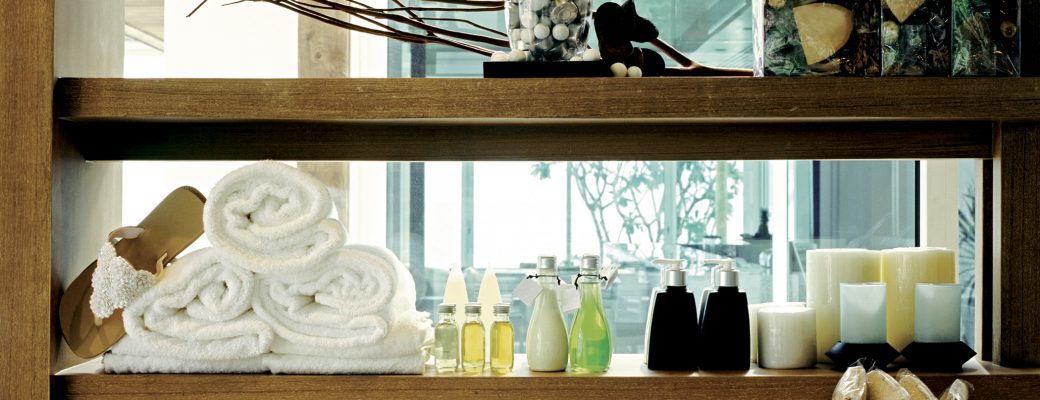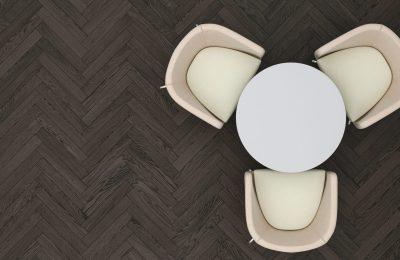In the spa industry, hiring the right employee always benefits owners By Brooke SmithFor employers, hiring a qualified employee can…
Shelf Life
It’s easy to forget that many active skin care ingredients are fragile. It’s only a matter of time until heat and oxygen render them useless. Products expire as soon as their expiration date or the end of their PAO (period after opening) is reached. Here are some definitions you should be familiar with in order to determine when to throw out your spa products: Production date (or manufacture date) is the date when the product was manufactured. This date may or may not be on the product’s packaging.
Expiration date is the date the product expires and should not be used anymore. Expiration dates must be specified only for products that have a shelf life of 30 months or less. The date is printed directly on product package in the form month/year or day/month/year. For example: Exp. 03/21 means that you can use the product only until March, 2021. If the shelf life of the product is more than 30 months, the expiry date will not usually be printed directly on the product package. This doesn’t mean that clients should use the product for three years or more, instead, it means that they should look at the product’s PAO.
Period after opening (PAO)
is used to signify how long you can use your product once you open it. The PAO looks like an open jar with a number followed by the letter M. The number indicates how many months (M) the product can be safely used for after opening. For example 9M means that product can be used for nine months after opening.
Here is my mini product shelf life guide:
Moisturizing Creams and Serums – Toss after 1 year
A moisturizer or serum that contains anti-aging ingredients will last three to six months, max. I suggest reading and following the directions on the package. Don’t put your own spin on what the manufacturer is telling you; a product’s performance is dependent on proper use. A plain moisturizer may last past the one-year mark as long as you don’t contaminate it by repeatedly dipping into the jar.
Grainy Scrubs – Toss after 2 years
Although these exfoliants contain synthetic beads, an open tube will become a breeding ground for bacteria over time. Used properly (i.e. two to three times a week) a 50 ml tube will last six months.
Peels and Masks – Toss after 6-9 months
After six to nine months, the buffering agents in peels and masks can start to evaporate, making active ingredients like fruit acids and glycolic acid irritating to the skin.
Sunscreens and Sun Block – Follow expiration date on package
These products are actually government-regulated and manufacturers are required to print expiration dates on the package. Use this date, because after it expires the company cannot guarantee that the product will actually protect the skin from the sun.
Products that contain water as one of the first ingredients have the shortest shelf life because water encourages the growth of bacteria and other microbes and pathogens. Products made up of almost no water – powders, for example – have the longest shelf life, because most bacteria cannot flourish or grow in these kinds of products.
If a product starts to separate or develop a funky odor, its texture or color changes, if it feels different on the skin than it once did, or if you can’t remember when you bought it, it’s probably time to toss it. In a best-case scenario, expired products just stop doing what they should do. In a worst-case scenario, expired products can result in skin irritation, dermatitis, allergic reactions, and infection.




